ImpressionismImpressionism was an art movement of the 19th century developed in France, based on the practice of painting spontaneously out-doors (“en plein air”) rather than in the studio. Key impressionist subjects were everyday scenes and landscapes, in which the momentary and transient effects of sunlight should be captured. The artists worked directly in front of their subjects, using rapid brushwork More evolved in the late 1860s from the artists’ desire to directly paint what they saw, felt, and thought, distancing themselves from themes about history, mythologyMythology in art taps into the rich stories and symbols from ancient cultures. These narratives shape our understanding of history, morality, and human nature, offering a profound connection between the past and the present. From the ancient Greeks to the Norse sagas, mythological themes have deeply influenced artistic expression. Greek Mythology Greek mythology is one of the most popular sources More, and religion prescribed by the art authorities at that time. They used looser brushworkMasterful brushwork is often the defining feature of great artists, where the brush becomes an extension of their arm, allowing paint to flow effortlessly onto the canvas. These artists demonstrate a profound understanding of their medium, knowing precisely when to apply thick, textured strokes or smooth, delicate ones. Their skill extends beyond mere color application; it's about the artistry of More and lighter colours and abandoned the three-dimensional perspective, also to create full-scale, multi-figure depictions of ordinary people in casual outdoor situations. Claude Monet excelled both in landscape paintingLandscape painting focuses on the depiction of natural scenery such as mountains, valleys, trees, rivers, and forests. It has been a significant genre in art history, evolving through various styles and periods. Landscape painting captures the beauty of the natural world and often reflects the cultural and philosophical views of the time. JMW Turner, Calais Pier, 1801 Historical Context Landscape More and in figure paintingPainting is a fundamental form of visual art that has been practiced for thousands of years. It involves applying pigment to a surface such as canvas, paper, or a wall. Painting can be explored through various styles, techniques, and mediums, each offering unique possibilities for expression and creativity. Historical Background • Ancient Beginnings: The history of painting dates back to More, as to be seen in “Woman with a Parasol” (also called “The Stroll”). Contrary to the conventions of academic portraiture, Monet delineated the features of his models as freely as their surroundings. At the second impressionist exhibition in 1876, the naturalness and the spontaneity and of the picture were praised.
Where is the picture “Woman with a Parasol” today?
The original picture of “Woman with a Parasol – Madame Monet and Her Son” (1875) is currently on permanent display at the National Gallery of Art, Washington, DC.
What’s in it?
Using splashes of colour, Monet depicts his wife Camille and her son Jean standing on an open meadow in the sunlight. Camille’s white dress is billowing, her veil blown by the wind. She is shown with a strong upward perspective against an azure sky with fluffy white clouds. The seven-year-old son is standing further away in the waving grass and half concealed by a rise in the ground. Monet intended to convey the impression of a casual family outing rather than a formal family portrait, giving the viewer the impression, the two protagonists were just interrupted strolling across the meadow. The brevity of the moment is caught with animated brushstrokes of vibrant colour.
What’s the context?
Following the path of the late French landscape painters of the romantic movement earlier in the 19th century, Claude MonetFrench painter Claude Monet (1840 – 1926) was a key figure of the impressionist movement which started in the second half of the 19th century. During his long career, Monet focused on depicting leisure activities and plein air landscape painting. Born in Paris, his family moved to Le Havre in Normandy when Claude was 5 years old. From early on, More extended their methods committing himself to close observation and naturalistic representation, paintingPainting is a fundamental form of visual art that has been practiced for thousands of years. It involves applying pigment to a surface such as canvas, paper, or a wall. Painting can be explored through various styles, techniques, and mediums, each offering unique possibilities for expression and creativity. Historical Background • Ancient Beginnings: The history of painting dates back to More en plein airThe French term “en plein air” means “out-doors”. Plein air painting therefore refers to the practice of painting an entire finished picture out of doors. Artists have long worked out of doors to create landscape sketches for the preparation of further studio work. The plein air approach, finishing entire pictures out-doors, however, began only in the 19th century, initiated by More. The paintingPainting is a fundamental form of visual art that has been practiced for thousands of years. It involves applying pigment to a surface such as canvas, paper, or a wall. Painting can be explored through various styles, techniques, and mediums, each offering unique possibilities for expression and creativity. Historical Background • Ancient Beginnings: The history of painting dates back to More “Woman with a Parasol – Madame Monet and Her Son” was one of 18 works by Monet that were exhibited at the second Impressionist exhibition in April 1876, at the gallery of Paul Durand-Ruel. Although the first impressionist exhibition had been widely criticized, the artists Monet and Auguste Renoir were eager to organise a follow-up. Gradually, further artists joined in supporting the opposition to the standards of the Paris Salon.
Chatter and Prattle
Claude MonetFrench painter Claude Monet (1840 – 1926) was a key figure of the impressionist movement which started in the second half of the 19th century. During his long career, Monet focused on depicting leisure activities and plein air landscape painting. Born in Paris, his family moved to Le Havre in Normandy when Claude was 5 years old. From early on, More – Facts:
- Camille was 18 years old when Monet, seven years her senior, first met her. He was captivated by her and asked her to pose for several pictures. Monet often painted together with his friend Auguste Renoir, sitting with their easels side by side, so that there are also portraits by Renoir of the beautiful muse.
- Camille was a model and lover for many years. However, since Monet’s father disapproved of “his mistress”, their relationship was overshadowed. During Camille’s pregnancy with their first son, Monet left her in Paris without funds, to convey the appearance of no longer being in a relationship with her towards his family. It was not until 1870 until Monet finally married her.
- Camille died young after a long illness following the birth of their second child. Monet painted her on her deathbed, overcome by grief. He wrote to a friend: “I caught myself watching her tragic forehead, almost mechanically observing the sequence of changing colours that death was imposing on her rigid face. Blue, yellow, grey and so on … my reflexes compelled me to take unconscious action in spite of myself.”
- Soon after Camille’s death, rumours spread about Monet’s relationship with Alice Hoschedé. She helped Monet to raise his two sons, Jean and Michel. She would later become consumed by jealousy of her departed rival, destroying all photographic records of Camille. Today, only one photo is known to have survived.
Do you want to comment on this text or add information? We would like to hear from you.
Recommended Readings:
This article may contain compensated links. Please read Disclaimer for more info. As an Amazon Associate, I earn from qualifying purchases.
Daniel Wildenstein (2010): Monet or The Triumph of Impressionism
Ross King (2016):Mad Enchantment: Claude Monet and the Painting of the Water Lilies
Christoph Heinrich (2015): Monet (BASIC ART) (French Edition)
Simona Bartolena (2011): Monet: Masters of Art
Dominique Lobstein (2013): Claude Monet’s Gardens at Giverny

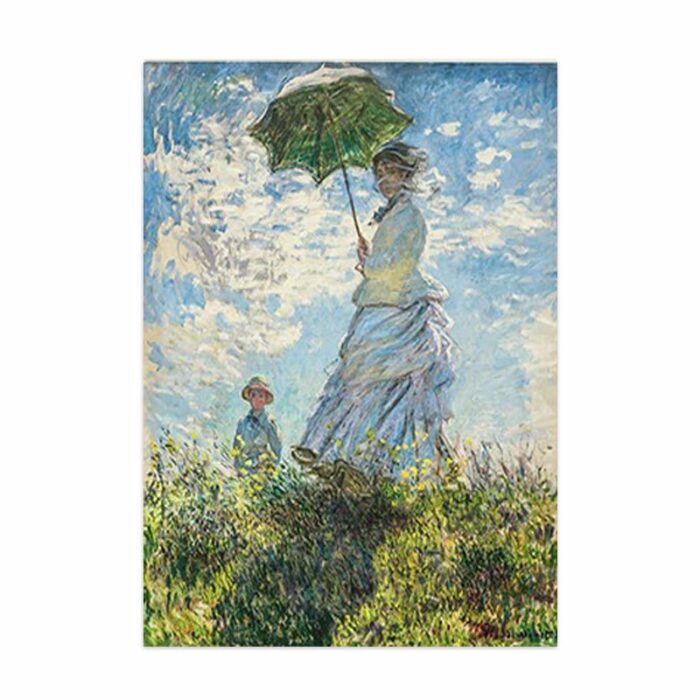
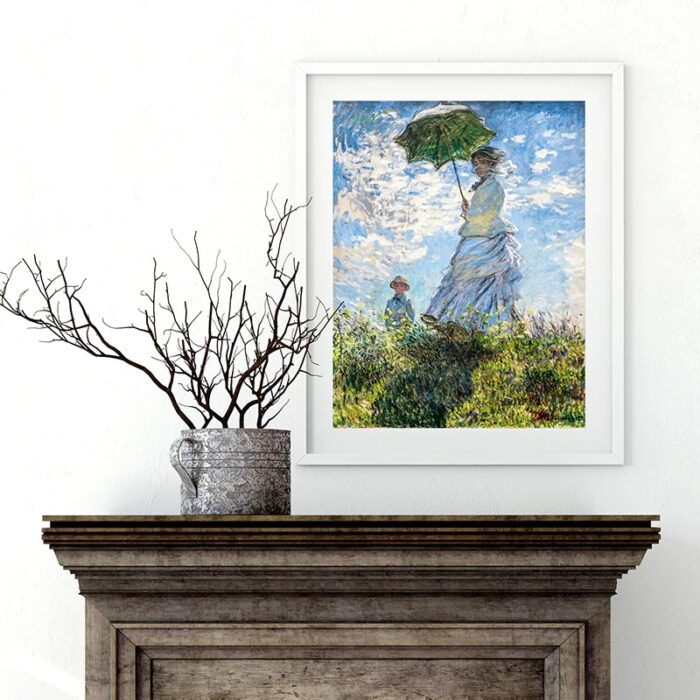
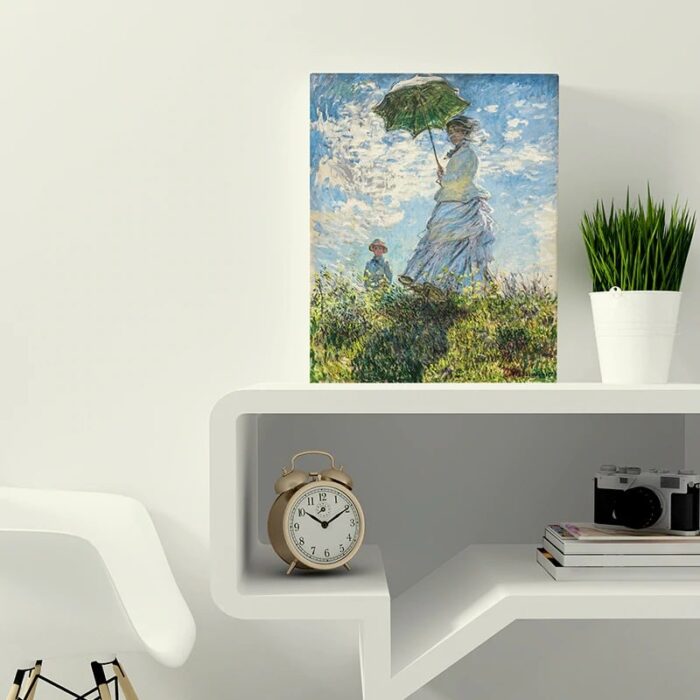
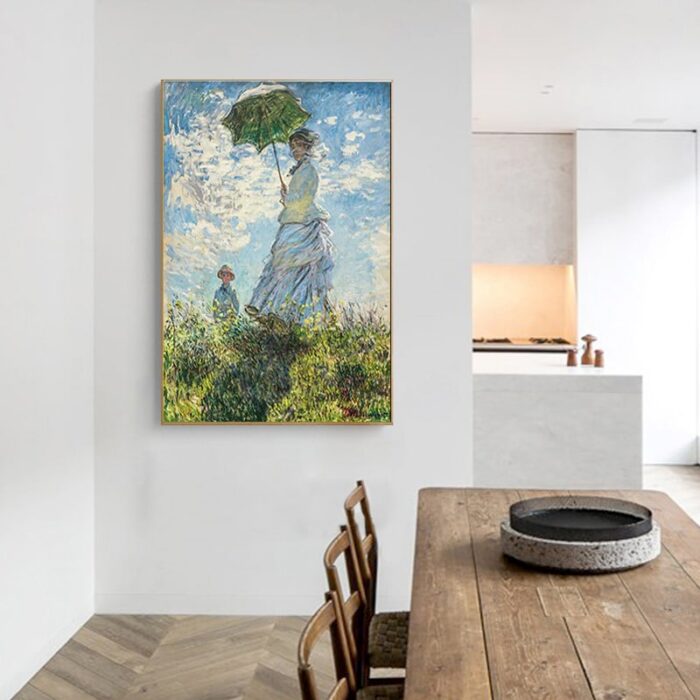
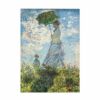
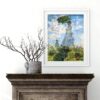


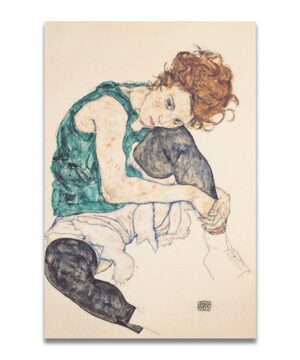
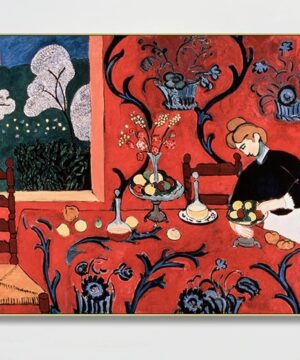
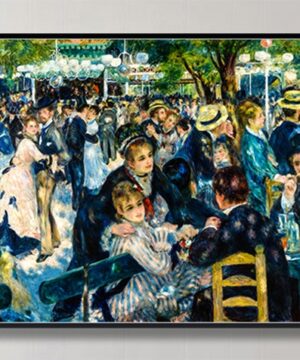
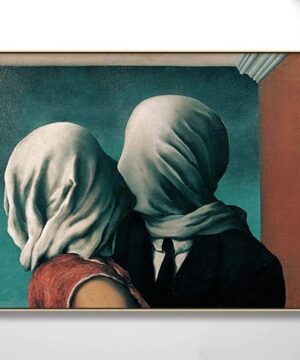
Reviews
There are no reviews yet.